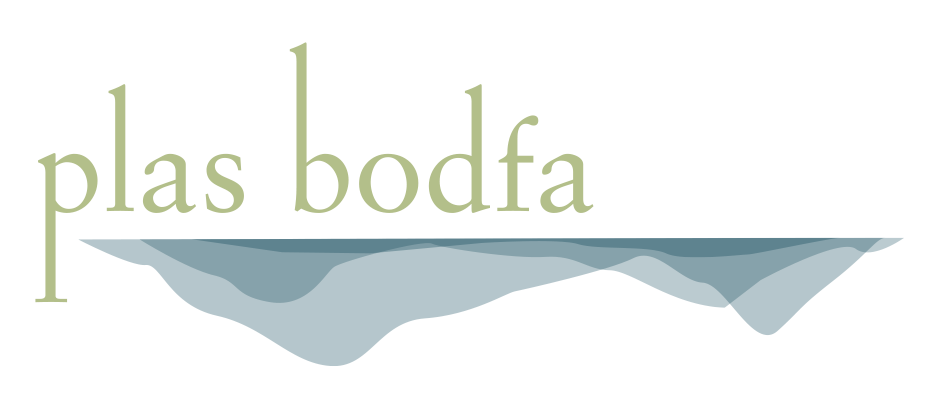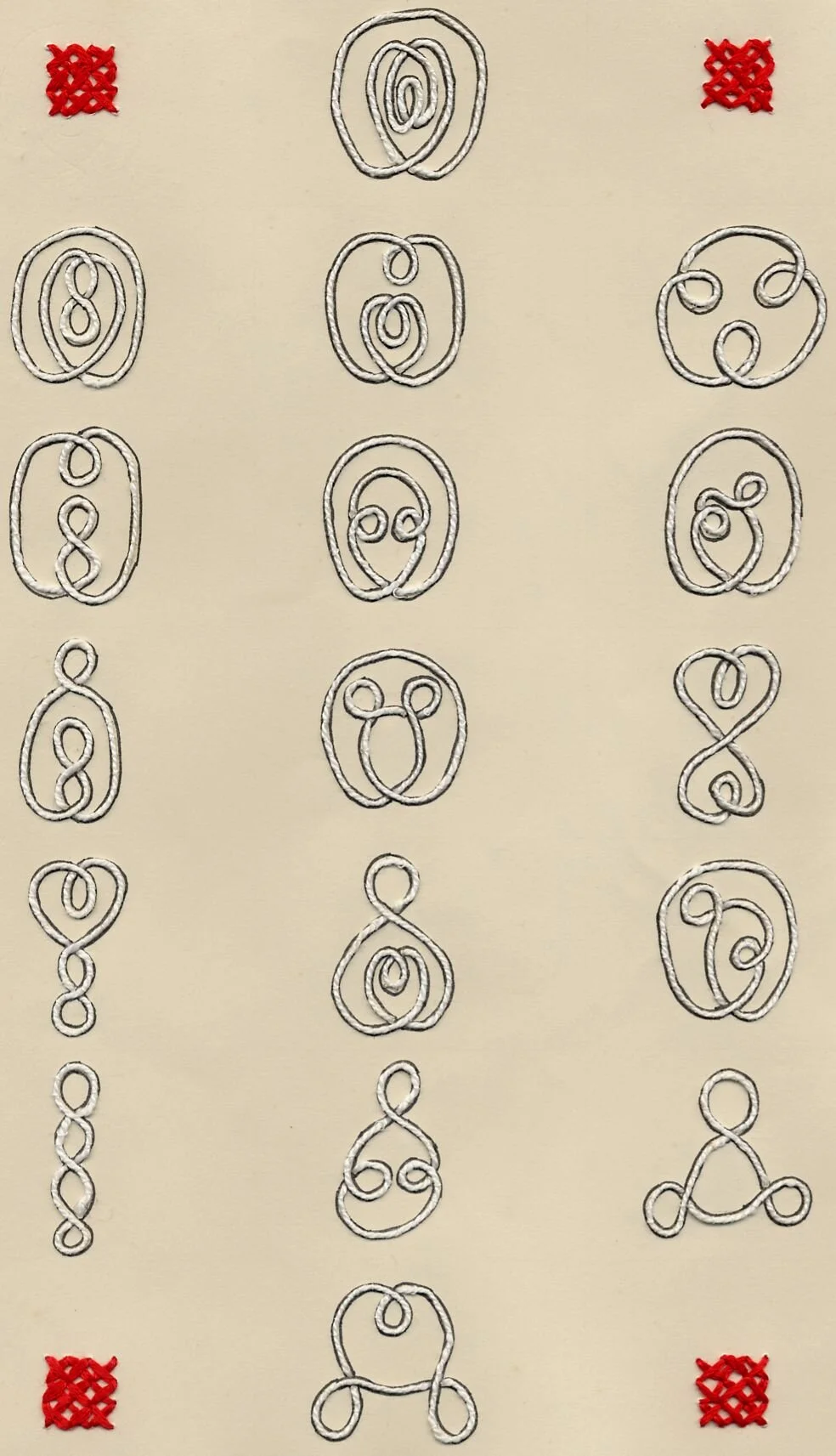Chaparral Andrew Hodges
An interview
with Chaparral Andrew Hodges
about his multiple:
'Estranged Duets’
Where did you make these multiples?
Live material was recorded in Bangor Cathedral and 7 ancient churches along the Pilgrims trail to Bardsey Island (Ynys Enlli) It was remixed in a unique way at my studio in Rhoshirwaun.
Any interesting or funny stories in the development of these multiples?
What started out as standard 'sequential' duets (one performance played with the previous performance (as a backing track) mutated into unconnected performances being fitted together as an unexpected result of my esoteric compositional methods. The 'Estranged Duets'.
Tell me about your experience with Unus Multorum and/or Plas Bodfa as it relates to your multiples.
Clearly the installation was intended to be heard in situ such that any return visit should be different music (there are 126 tracks). There is no way to recreate this experience online. The actual discs for sale are 'one off' recordings and each will be the only unique copy with 7 random tracks from the 126. This is a new way of marketing music where each purchaser has the only copy of their disc.
You choose to make a certain number of Objects in your edition. Why this number?
I made 23 copies out of the trillions of possible combinations. 23 is my favourite prime number and the symbols on the discs (also unique) get more complex as they develop. The first 23 were the easiest symbols to adapt to the circular discs - I would have needed a finer pen if the issue were 53 discs.
Where do you imagine these multiples to end up?
Hopefully on a CD player occasionally. Each disc is 7 tracks that may never have been heard in that order before. They should be heard.
Tell me more about the materials used in your multiple.
Why did you choose this material? What do you like about it?
Sadly non logo CDs cost more money - I prefer not to advertise. Similarly only four colours are available as standard on the pens which will not damage the discs. If I had a good market I would pay more and have more colour choice on blank discs.
Why do you make things (in general)?
I have never not made things. It is obviously not for the money, I make things that I think are good. I have had opportunities to create more popular work, but that didn't excite me.
Any other information or stories you'd like to include?
This anecdote sums up my views. In the early 1980s I was working as a freelance puzzle creator when I received a rejection letter. It said they were sorry to reject my puzzles, but they could see no place in the market for numerical puzzles - The rest is history, and by the time their foolishness was exposed I was working on something else.
Some more thoughts from Andrew:
“I have a long lasting interest in ‘families’ of patterns and forms, where the rules that govern variations are fixed and the number of unique patterns increases with the complexity or the members. Some time ago I was playing with the idea of ‘visual haikus’ and noticed that certain types of patterns with the same complexity occurred with 17 members and could be used to make such haikus.”
Here are the 3 he liked best.
There are 17 ways a loop can fall with 3 twists
There are 17 ways a network can have 5 ends (ends are allowed to touch)
There are 17 unique circular rhythms with 7 beats








